Recycled content
Recycled content
Recycled Content in Packaging
Recycled content refers to the portion of materials used in packaging that comes from recycled sources. This means that instead of using new, raw materials, manufacturers incorporate materials that have been used before and processed for reuse.
Why is Recycled Content Important?
Using recycled content in packaging helps reduce waste and conserve natural resources. It lowers the demand for new materials, which can decrease environmental impact. For example, using recycled paper in packaging can save trees and reduce water and energy use.
Types of Recycled Content
There are two main types of recycled content: post-consumer and pre-consumer. Post-consumer recycled content comes from items that consumers have used and recycled, like plastic bottles. Pre-consumer recycled content comes from manufacturing waste, such as scraps and trimmings.
Benefits of Recycled Content in Packaging
Incorporating recycled content in packaging offers several benefits. It can improve a company's sustainability profile and appeal to eco-conscious consumers. Additionally, it can help meet regulatory requirements and reduce costs associated with waste disposal.
Challenges of Using Recycled Content
Despite its benefits, using recycled content can present challenges. Quality and consistency of recycled materials can vary, which may affect the final product. Also, the supply of recycled materials can be limited, making it harder to source enough for large-scale production.
Conclusion
Recycled content plays a crucial role in sustainable packaging. By understanding its importance and challenges, companies can make informed decisions to support environmental goals and meet consumer expectations.
Blog Posts with the term: Recycled content
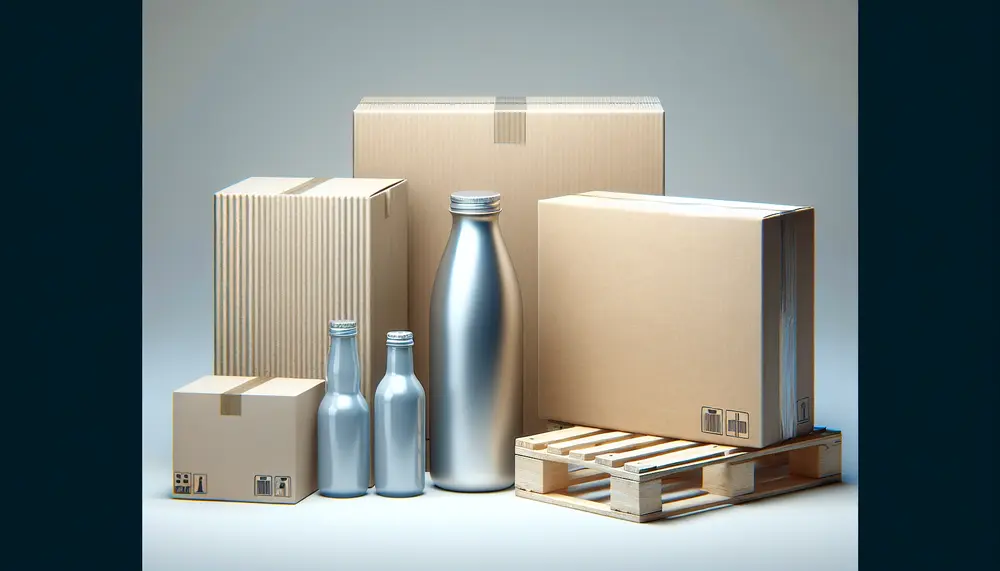
Packaging levels refer to the layers of packaging used from production to consumer, including primary (direct product contact), secondary (grouping and branding), and tertiary (bulk handling). Each level serves distinct purposes in protection, marketing, transportation, and regulatory compliance....
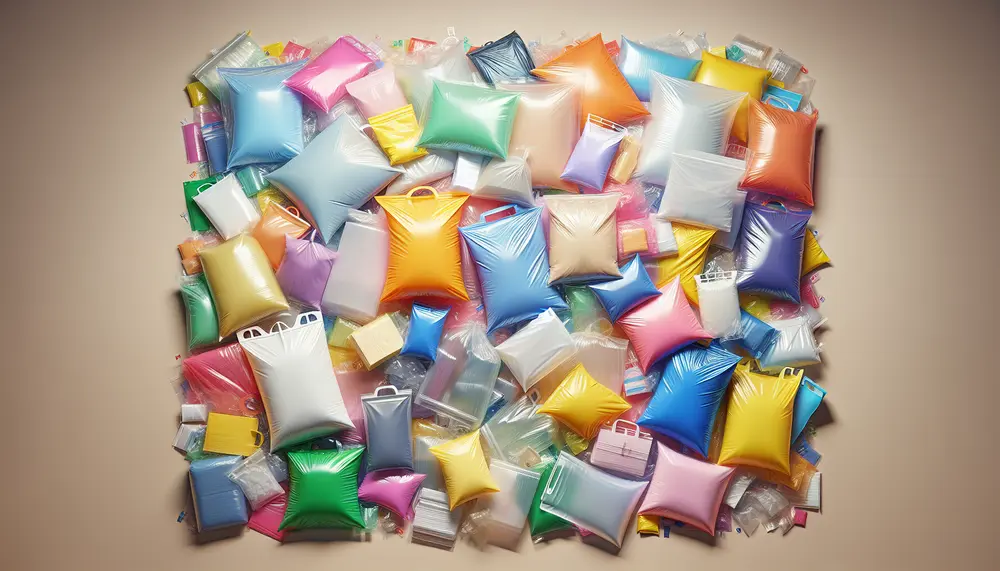
LDPE bags are versatile and durable packaging solutions made from Low-Density Polyethylene, suitable for a wide range of applications including food packaging, medical supplies, retail merchandise, industrial parts, and agricultural products. They offer benefits such as cost efficiency, protective qualities...
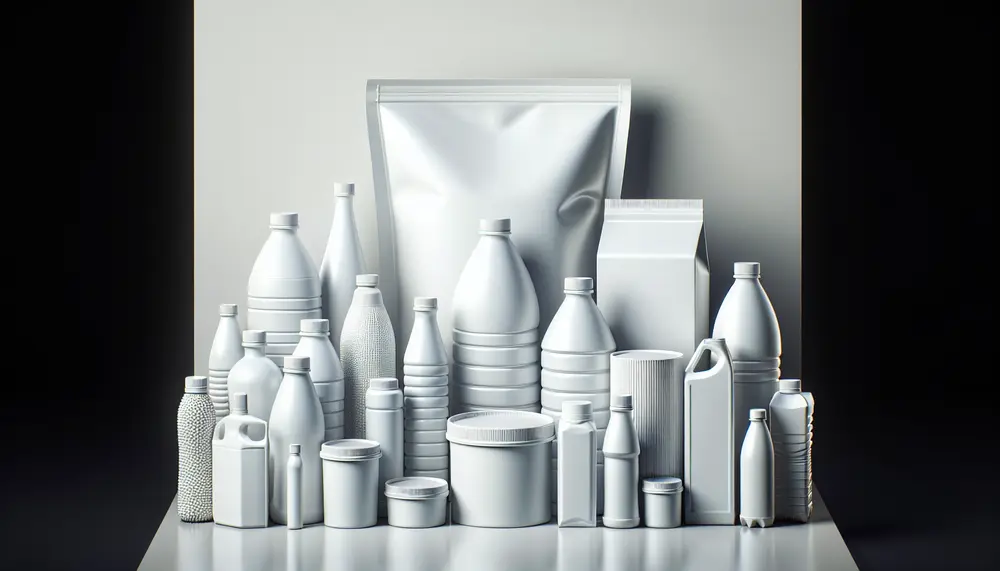
HDPE packaging is valued for its durability, lightweight nature, and resistance to environmental factors. It's versatile in shape and size customization, cost-effective during transport due to its light weight, and environmentally friendly as it's 100% recyclable. High-density polyethylene (HDPE) is a...
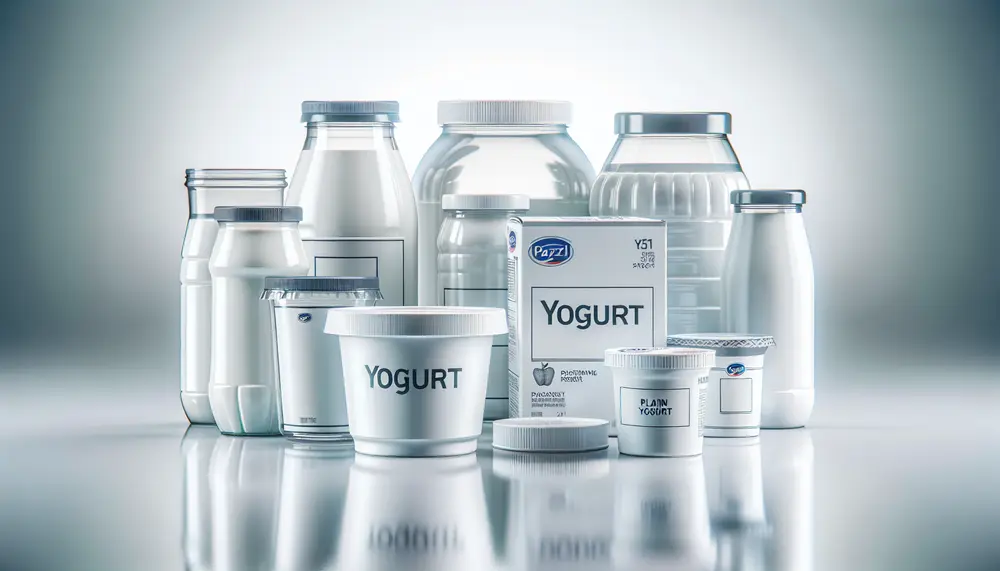
The article discusses the significance of yogurt packaging materials in preserving quality, extending shelf life, and marketing. It highlights various types of packaging like glass, plastic, composites, eco-friendly alternatives, and metal containers with their respective properties. Packaging choices for yogurt impact...
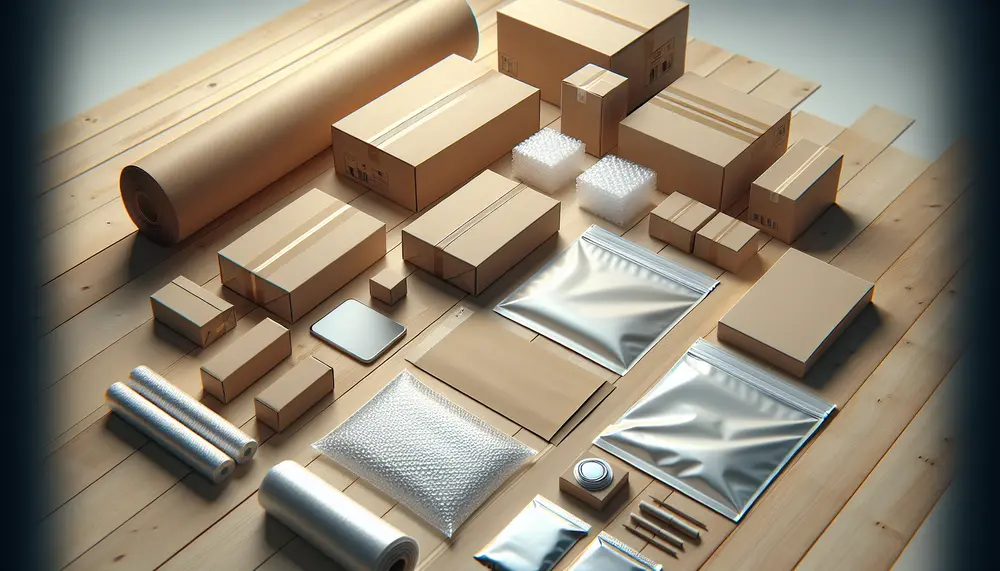
Packaging in marketing is a multifaceted tool that influences brand perception and market success, serving not only to protect products but also as a silent salesman through design elements that convey brand values. It enhances visibility, appeal, protection, communication of...
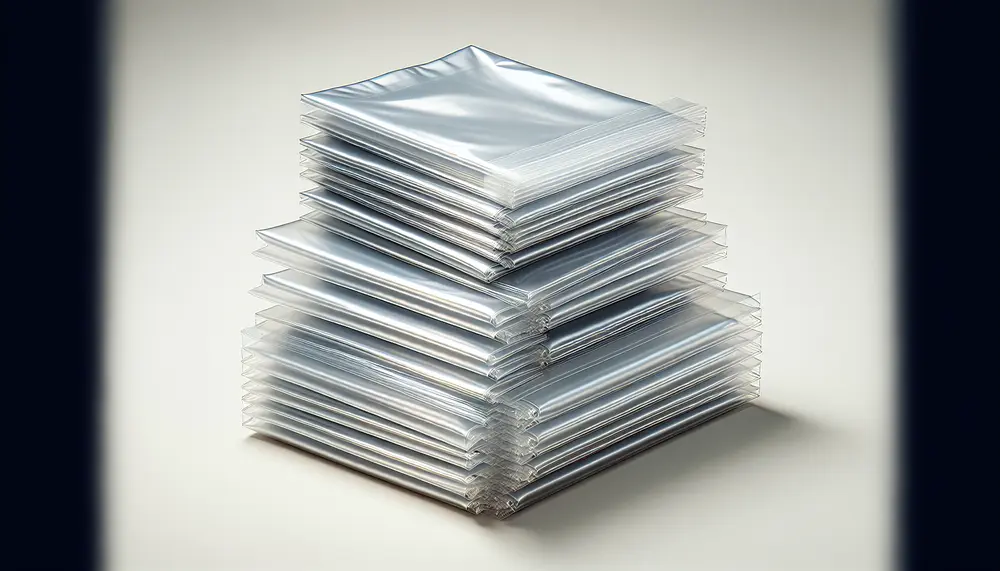
OPP bags, known for their strength and clarity, are essential in packaging for protection, presentation, and preservation of products. They offer advantages like durability, resealability, cost-effectiveness but have drawbacks such as being non-biodegradable; various types exist to suit different applications. Different...
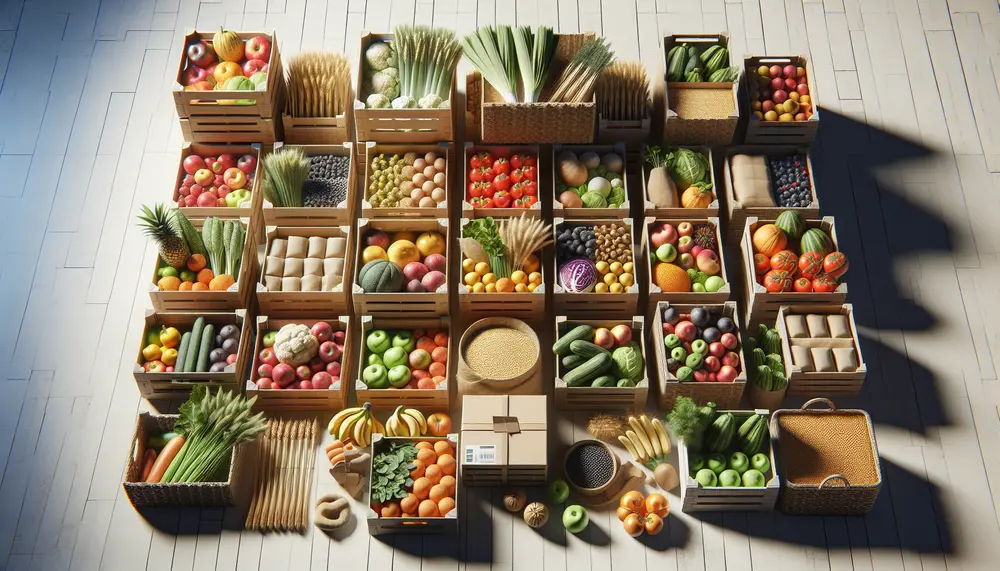
Understanding the Basics of Packaging Materials in Agriculture: Agricultural packaging is essential for protecting produce during transport and extending shelf life, with material choice balancing product needs, efficiency, marketing appeal, and sustainability. Choosing the Right Packaging for Your Agricultural Products: Selecting...
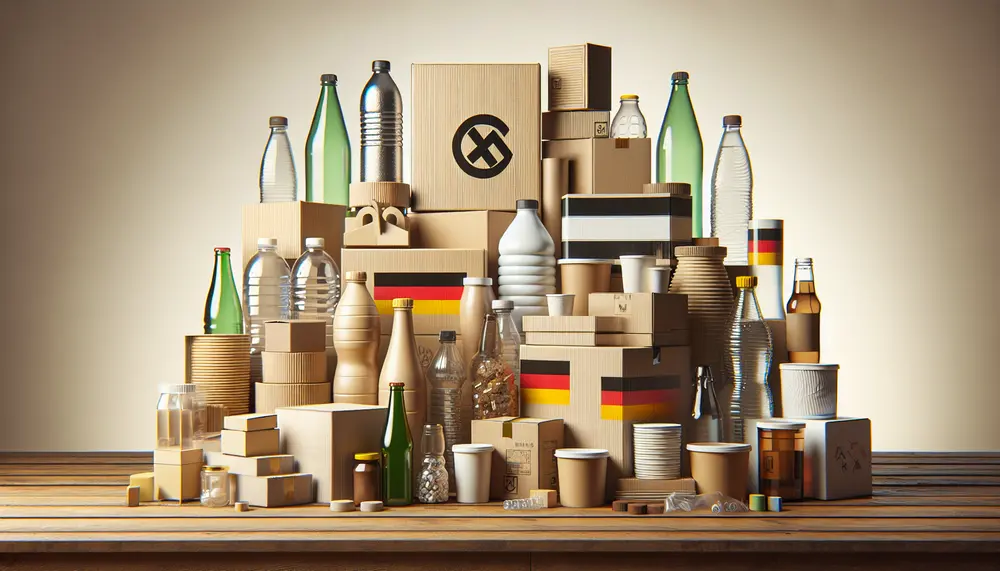
The German Packaging Law (VerpackG) aims to reduce packaging waste by holding producers and distributors accountable for the recycling of their product packaging, with strict compliance enforced through registration and reporting via the LUCID portal. All businesses introducing packaged goods...
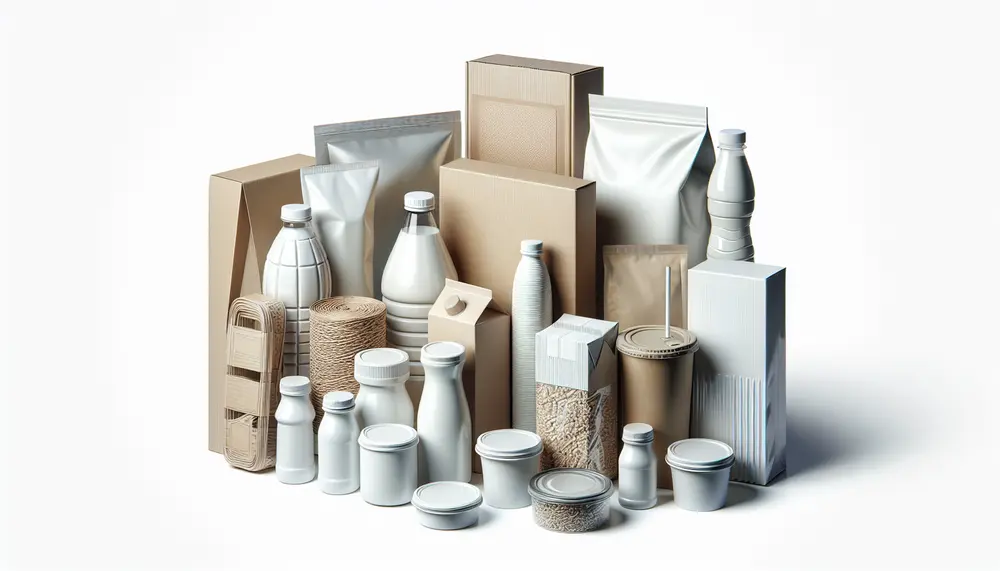
The guide explains the significance of MOSH (Mineral Oil Saturated Hydrocarbons) and MOAH (Mineral Oil Aromatic Hydrocarbons) in food packaging, highlighting their potential health risks due to migration into food. It emphasizes the need for ongoing research, industry regulation, and...
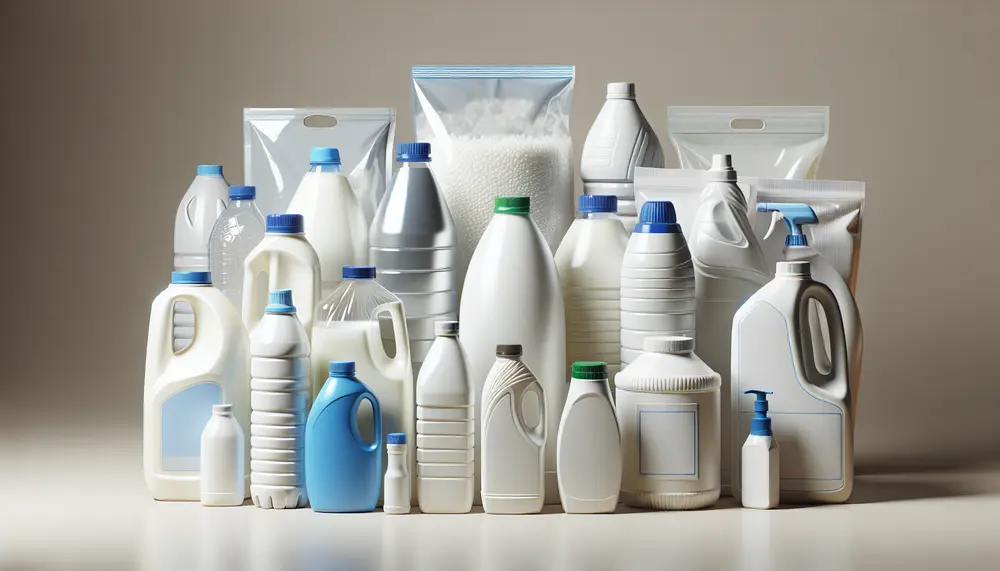
High-Density Polyethylene (HDPE) is a durable, versatile thermoplastic with a high strength-to-density ratio used in packaging, construction, and various other applications due to its resistance to impact and chemicals. HDPE's production involves polymerization of ethylene gas using different methods that...
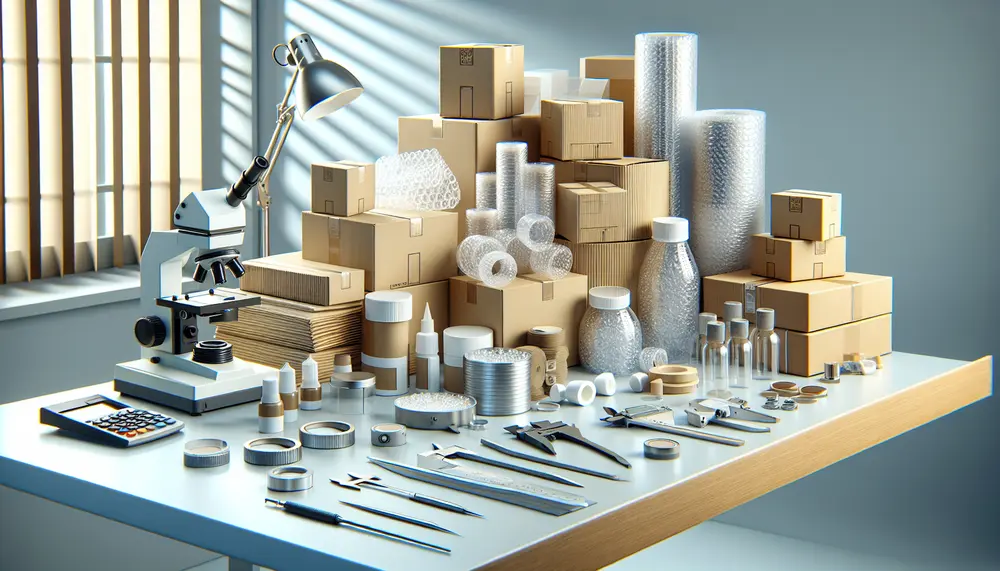
Packaging R&D is essential for innovation in the industry, focusing on functionality, efficiency, sustainability and improving user experience while minimizing environmental impact. Innovation drives packaging solutions forward with smart technologies and eco-friendly materials to meet market needs and reduce environmental...
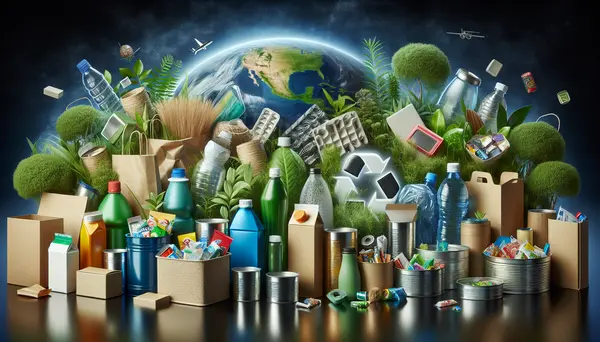
Recycling in packaging is a viable option for mitigating environmental degradation and meeting consumer demands while still fulfilling the requirements of businesses. Challenges persist, but the future looks promising with technological advancements and an increasing focus on sustainability and a...
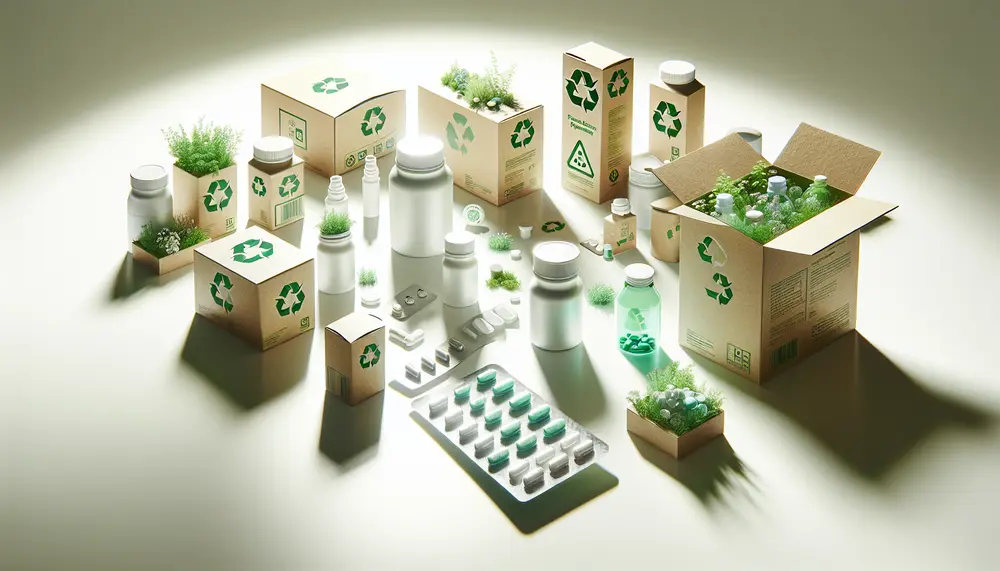
The shift towards sustainable pharmaceutical packaging is driven by environmental awareness, regulatory pressures, and consumer demand for eco-friendly products, offering benefits like waste reduction and enhanced brand reputation despite challenges such as high initial costs. Innovative materials like bioplastics and...
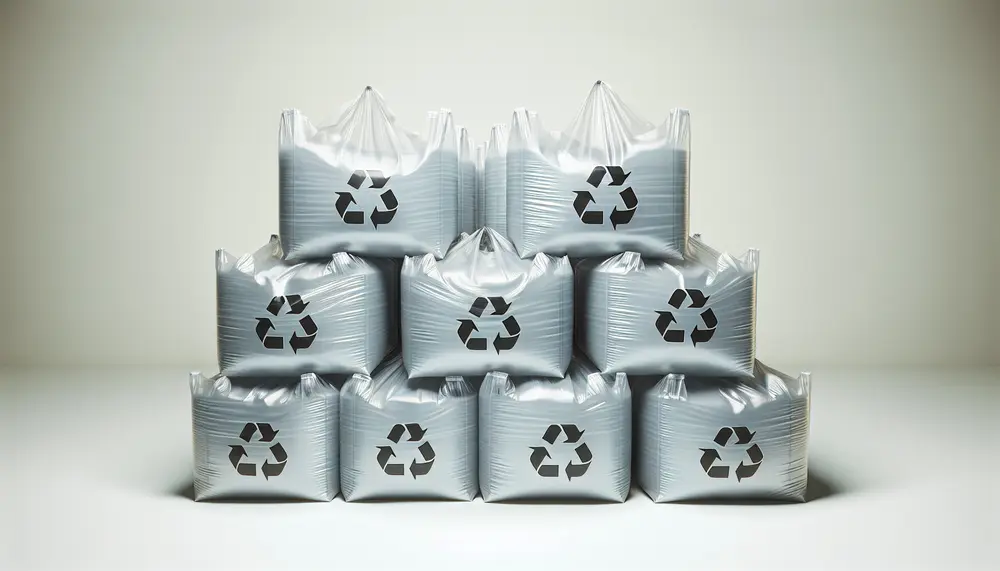
HDPE bags are known for their strength, flexibility, and eco-friendliness due to their robust molecular structure; they resist impacts, chemicals, moisture, and temperature variations while being recyclable. Their durability allows multiple uses and secure transportation of goods with less environmental...
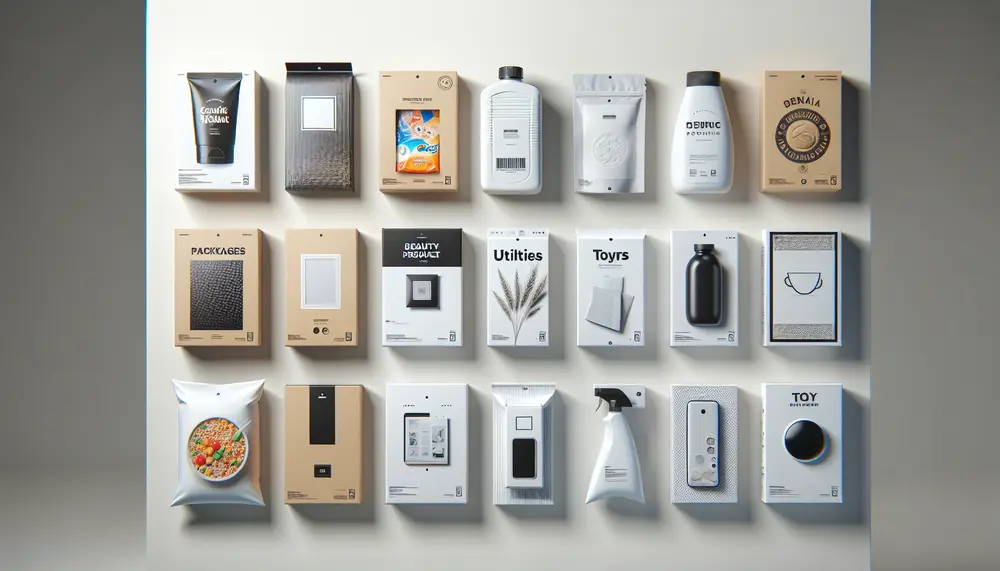
Packaging plays a critical role in first impressions, influencing consumer perception and purchasing decisions within seconds by conveying brand identity and evoking emotions. Design elements like clarity, typography, imagery, consistency, and functionality are key to creating packaging that is both...
